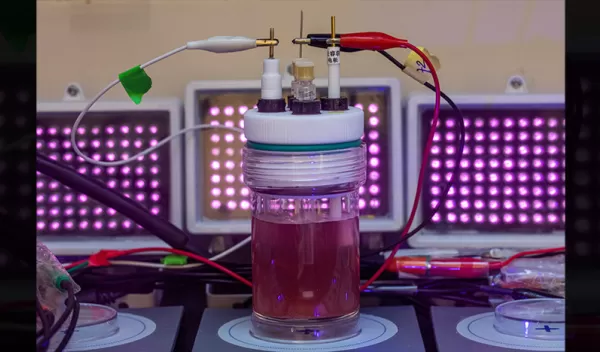
Purple bacteria offer path to more sustainable plastic
There's hardly a more ubiquitous substance than plastic. It's everywhere in the environment, from soil to air to water, and it's in our bodies. According to the U.N. Environment Programme, humans produce more than 430 million tons of plastic annually; two-thirds soon become waste.
Such petroleum-based plastics have environmental and economic costs that can be mitigated with biodegradable and bio-based polyhydroxyalkanoates (PHAs), U.S. National Science Foundation-funded scientists report in Microbial Biotechnology. However, the researchers state that industrial-scale production of PHAs has high costs and needs a better yield of its products.
Now, purple bacteria may come to the rescue. Scientist Arpita Bose and her colleagues at Washington University in St. Louis (WashU), Missouri, found that PHA production by the photosynthetic purple non-sulfur bacteria Rhodomicrobium vannielii and Rhodomicrobium udaipurense makes them contenders in the race to find an alternative to conventional plastics. These aquatic bacteria produce PHA using sustainable carbon sources, minimal nutrients and energy from light.
In a second journal paper, the WashU researchers report that by using genetic engineering, they coaxed PHAs from the bacteria Rhodopseudomonas palustris TIE-1. The finding appears in Applied and Environmental Microbiology.
"This work on photosynthetic purple non-sulfur bacteria will help move bioplastics research in the direction of sustainability," says Anthony Garza, a program director in the NSF Division of Molecular and Cellular Biosciences.
For more information, please visit WashU.
